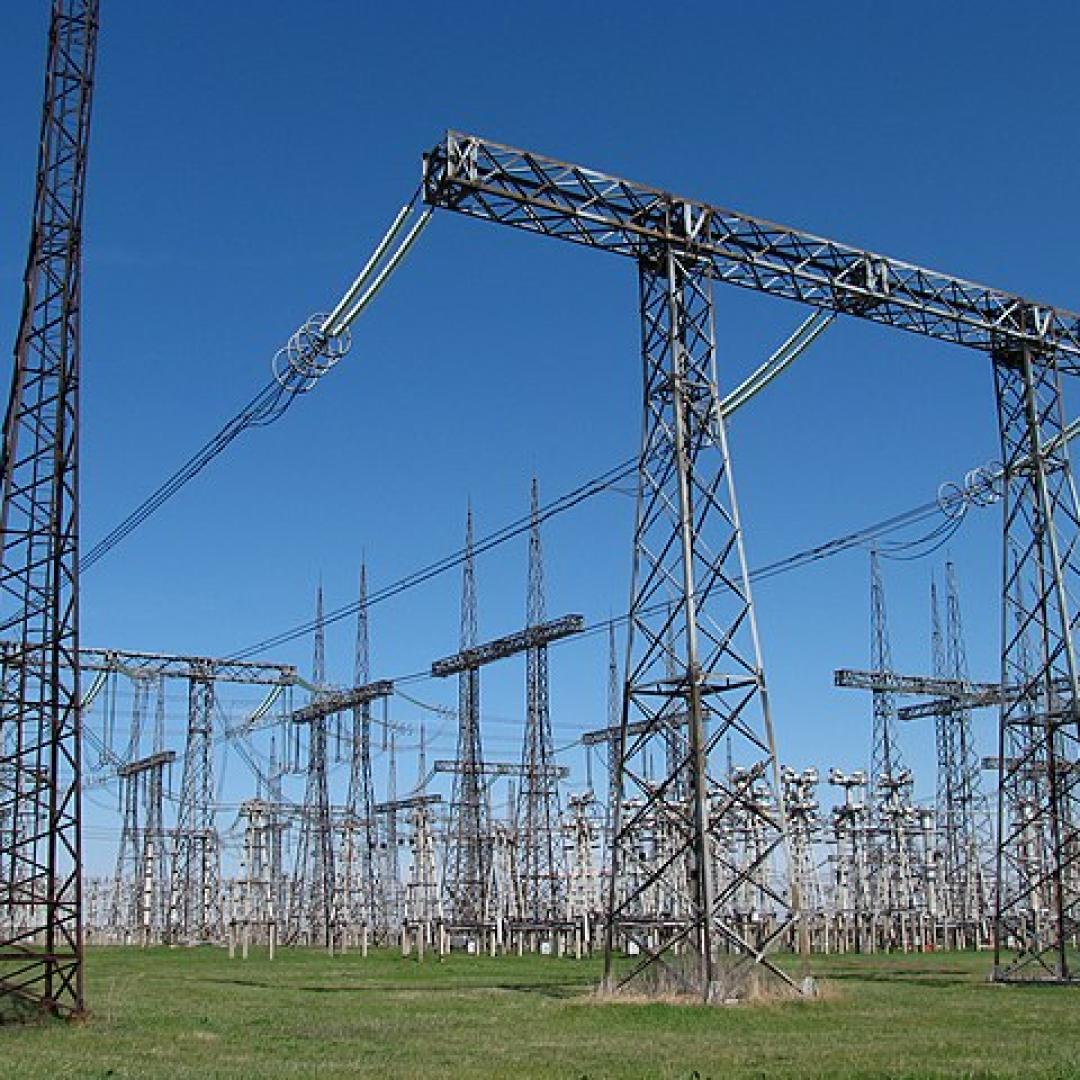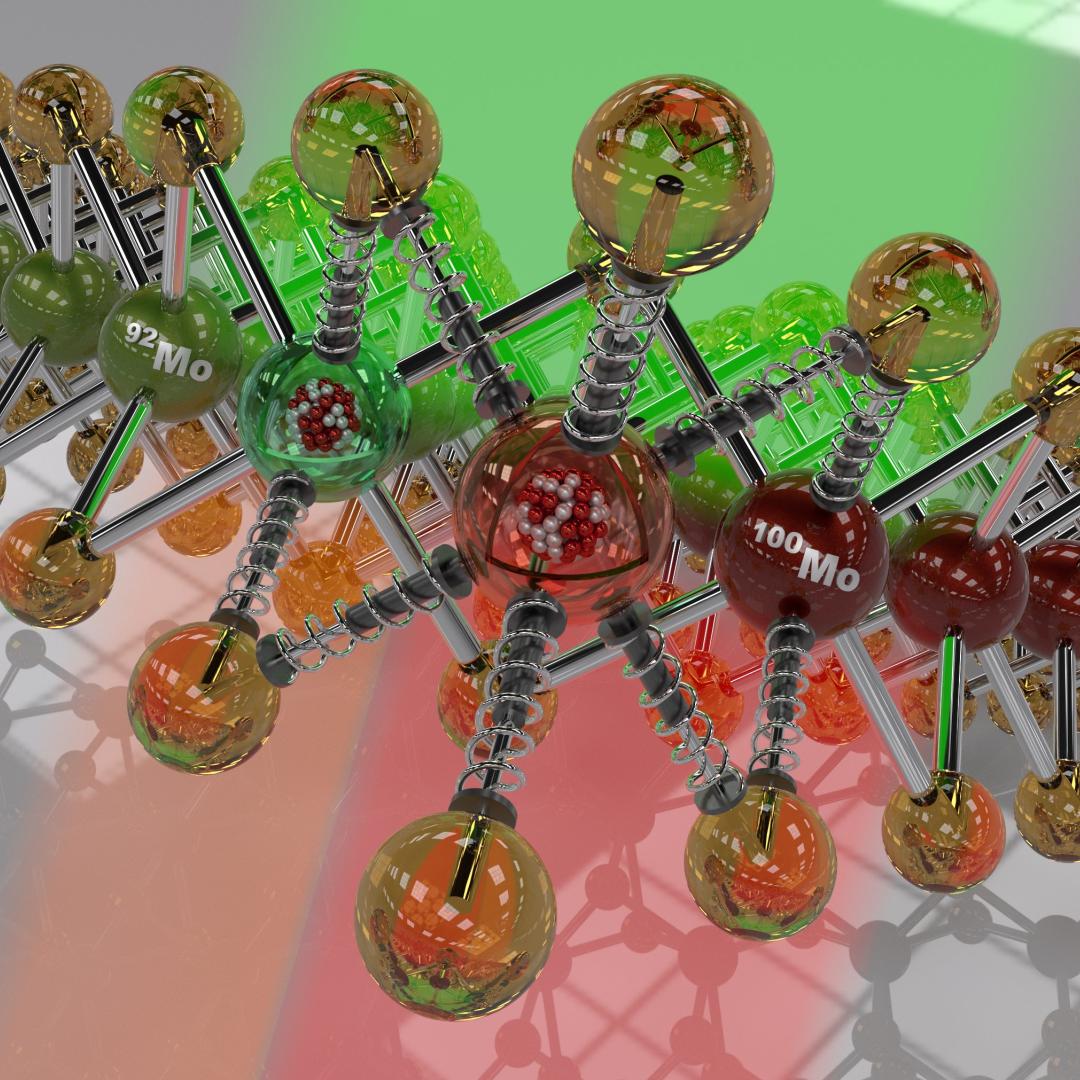Filter News
Area of Research
News Topics
- (-) Big Data (2)
- (-) Molten Salt (3)
- 3-D Printing/Advanced Manufacturing (23)
- Advanced Reactors (4)
- Artificial Intelligence (9)
- Bioenergy (11)
- Biology (4)
- Biomedical (7)
- Buildings (5)
- Chemical Sciences (31)
- Clean Water (3)
- Climate Change (5)
- Composites (9)
- Computer Science (17)
- Coronavirus (4)
- Critical Materials (12)
- Cybersecurity (4)
- Decarbonization (7)
- Energy Storage (34)
- Environment (15)
- Exascale Computing (2)
- Frontier (3)
- Fusion (7)
- Grid (5)
- High-Performance Computing (4)
- Irradiation (1)
- Isotopes (13)
- ITER (1)
- Machine Learning (5)
- Materials (73)
- Materials Science (78)
- Mathematics (1)
- Microscopy (27)
- Nanotechnology (39)
- National Security (3)
- Net Zero (1)
- Neutron Science (33)
- Nuclear Energy (16)
- Partnerships (10)
- Physics (29)
- Polymers (17)
- Quantum Computing (3)
- Quantum Science (11)
- Renewable Energy (1)
- Security (2)
- Simulation (1)
- Space Exploration (2)
- Summit (2)
- Sustainable Energy (13)
- Transformational Challenge Reactor (3)
- Transportation (14)
Media Contacts
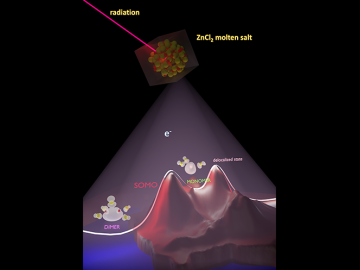
In a finding that helps elucidate how molten salts in advanced nuclear reactors might behave, scientists have shown how electrons interacting with the ions of the molten salt can form three states with different properties. Understanding these states can help predict the impact of radiation on the performance of salt-fueled reactors.

Six scientists at the Department of Energy’s Oak Ridge National Laboratory were named Battelle Distinguished Inventors, in recognition of obtaining 14 or more patents during their careers at the lab.
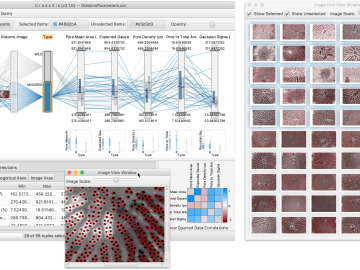
From materials science and earth system modeling to quantum information science and cybersecurity, experts in many fields run simulations and conduct experiments to collect the abundance of data necessary for scientific progress.

In the race to identify solutions to the COVID-19 pandemic, researchers at the Department of Energy’s Oak Ridge National Laboratory are joining the fight by applying expertise in computational science, advanced manufacturing, data science and neutron science.
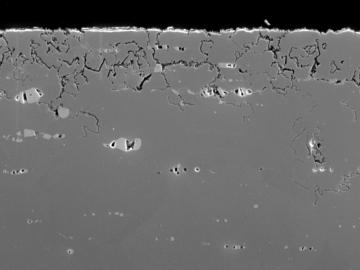
Oak Ridge National Laboratory scientists analyzed more than 50 years of data showing puzzlingly inconsistent trends about corrosion of structural alloys in molten salts and found one factor mattered most—salt purity.


